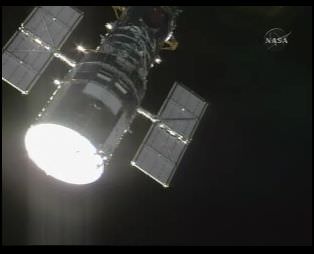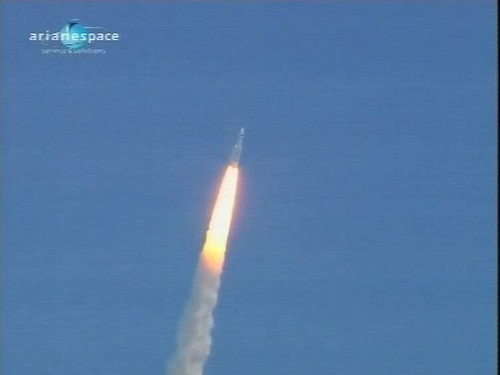Brightest Gamma Ray Burst yet
A gamma ray burst temporarily blinded the X-ray instruments on the Swift spacecraft in June. Great rundown from the blog of the NASA Goddard Space Flight Center.
X-ray astronomers often get teased for getting so few photons, that they name each one as it comes in from space. ("Photon, I will name you Fred, and treasure you forever.") But this GRB produced a peak count rate of 143,000 photons per second! (For 0.2s -- it's a burst after all.) Incredibly bright.
I like the blog writeup because it profiles a scientist in the process of doing science, and a postdoc scientist rather than some senior guy paraphrasing for the press what his postdoc discovered. Even better, it mentions that the scientist was out camping with his family, and returned to the lab to find this crazy event waiting for him in the latest data sent down from the telescope.









